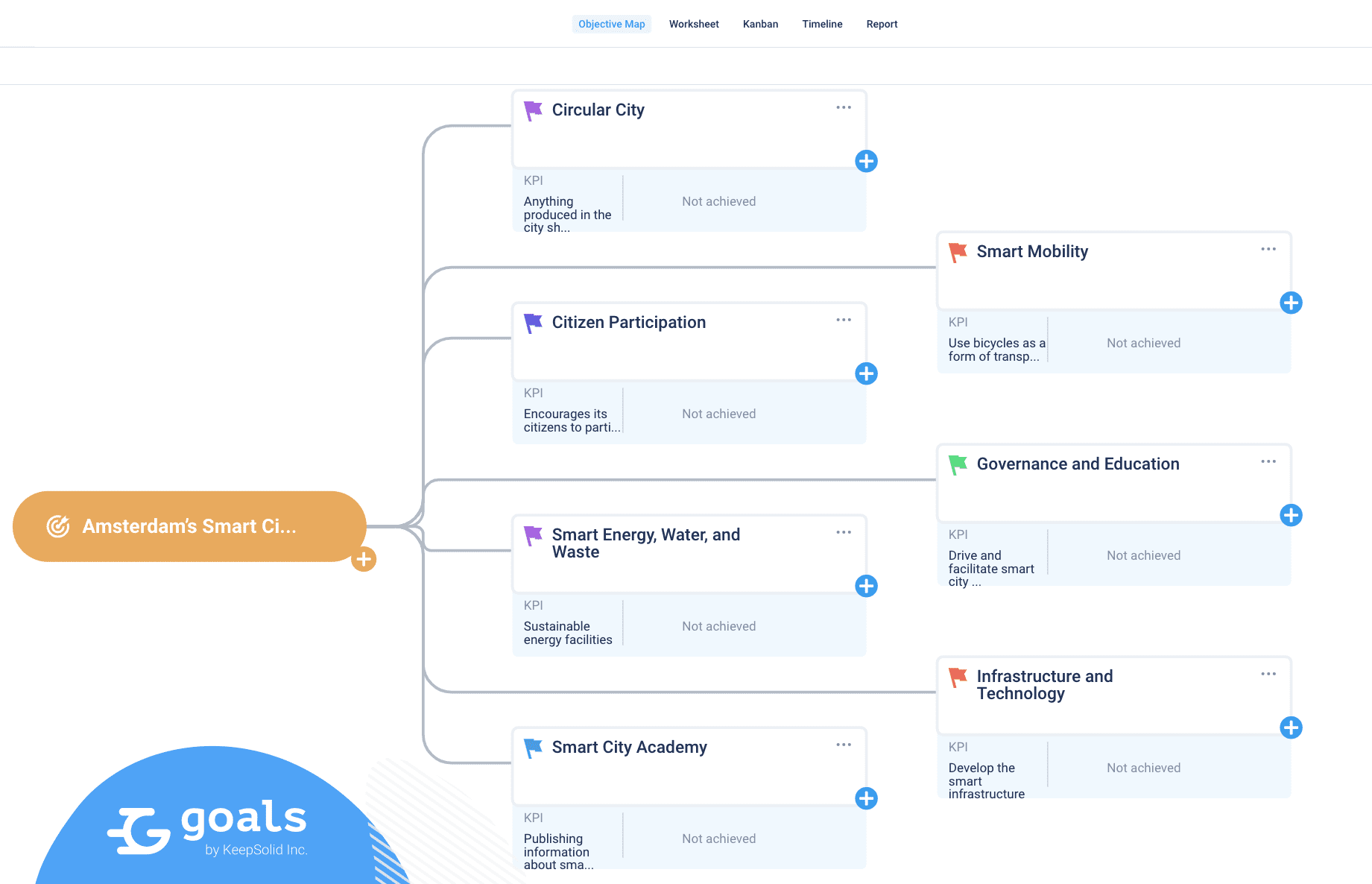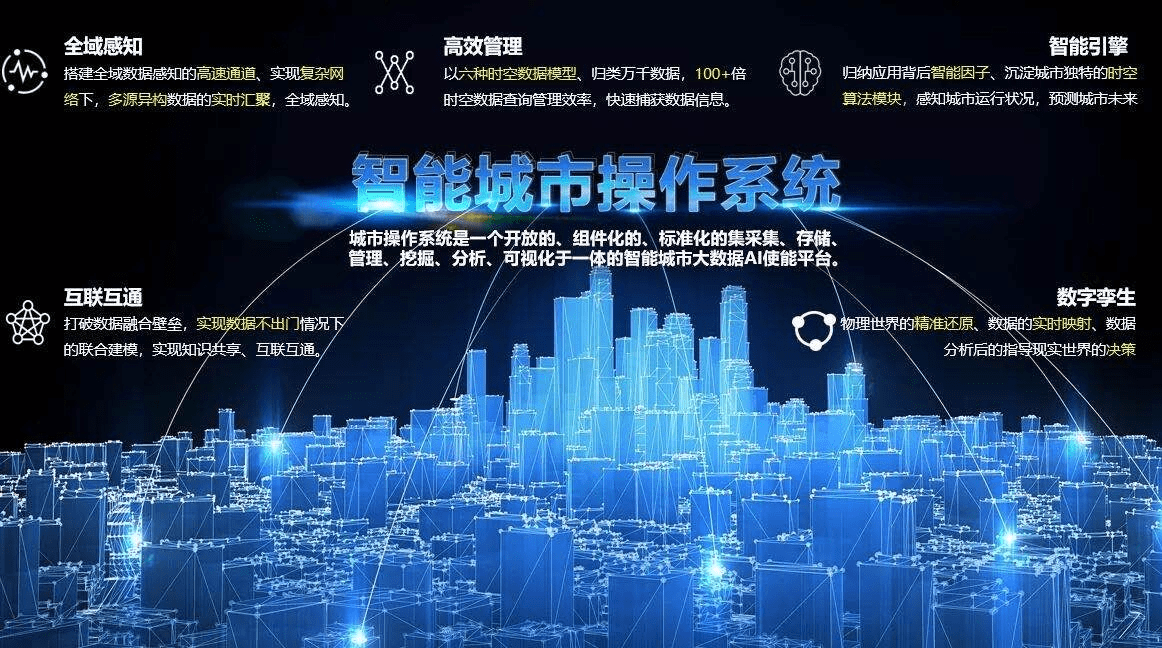According to the report by the South China Morning Post (SCMP), the operating system, known as Smart City, was unveiled by JD Digits - the Chinese internet and e-commerce giant. It is the first phase of a smart city operating system with support for biometrics being deployed in the Chinese metropolis of Xiongan. This project was implemented in collaboration with the China Xiongan Group, which is owned by the state. Xiongan has a population of five million inhabitants. As it was announced, once completed, the system will be able to alert relevant government departments of looming emergencies and is being built with many other applications, one of which has to do with COVID-19 prevention and control, the SCMP report mentioned. In the past, buildings and infrastructure directed people and goods in predetermined and inflexible ways. Smart cities can adapt on the fly by reading information from sensors, sending that data to programs that can see the big picture, and taking various actions. Smart City is a popular theme of recent times. The Smart City concept assumes real-time operation with a large amount of information collected by various sensors around the city. Further, based on this information, the city government can make certain decisions. A known problem with Big Data is that data is always abundant, and reasonable hypotheses are always in short supply.
So, the idea that a program can control a city raises the following question: what goals is this operating system trying to solve? By whom and how were these goals set?
What are the goals of the city you live in?

Once Kjell Nordstrom is the Swedish academic “funkster” who gave us the very inspiring book “Funky Business” speaking at the Thinkers50 European Business Forum 2019 said:
"We will transform this planet into 600 mega cities, accounting for 80 % of the world’s population in 2050. We will live on less than 1,5 % of the landmass. The mayors are becoming more important, the prime ministers stepping back. Paris is not a city in France anymore, Paris is Paris"
There are some interesting facts and predictions:
-
More than 16 billion people, about 22% of the global population, live in 600 cities.
-
More than half of global GDP ($30 trillion) have produced in 600 cities and
-
The economic role of cities is significant. They generate about 80 percent of the global GDP. The top 100 cities in the world generated more than 40% of the global GDP
-
More than 2.0 billion people will live in these 600 cities in 2025
-
Cities occupy just 3 percent of the Earth’s land but account for 60 to 80 percent of energy consumption and at least 70 percent of carbon emissions.
As it often happened in the history of humankind, exciting times await again. The dynamics of urban development raise the question of what principles and practices should be applied to manage cities smart? How to shape its growth strategy and goals?
And as we shall see is - it is a tough question.
The usual state of the city: urban space is privatized by big capital. Bulldozers are starting to work in the city center, houses are being demolished. Poor people move to the outskirts, where affordable housing blocks are built for them. In the same place, on the outskirts, the amateur construction of favelas (low-income informal settlements) begins. The middle class tries to fence itself off in closed, protected areas.
In general, the city is becoming an arena for speculative capital. It is his interests that prevail over the needs of residents. Urban contradictions grow sharply. Social problems are increasing due to the disruption of habitual relationships. The patterns of urban life are tragically changing.
In theory, cities should compete for foreign investment and people and create an attractive and safe living environment as a competitive advantage. This approach has weaknesses - the export-driven urban economy has proven to be highly volatile. Investors have no connection with a specific place; they are not interested in the city and its future. Capital is interested in opportunities to generate greater profits. When the territory ceases to be profitable, money moves on. This practice has a devastating effect on cities. After all, the city is not only business!
In September 2015, United Nations Member States adopted the Sustainable Development Goals (SDG). There were proposed 17 Sustainable Development Goals and the new sustainable development agenda. Each goal has specific targets to be achieved over the next 15 years.
SDG Goal 11 titled Sustainable Cities and Communities. This goal defined the directions for the future development of urban spaces:
Cities are hubs for ideas, commerce, culture, science, productivity, social development, and much more. At their best, cities have enabled people to advance socially and economically.
Dr. Joan Clos, Executive Director of the United Nations Human Settlements Programme (UN-Habitat), introduced three fundamental principles behind planned urbanization: Rules and Regulations, Urban Design, and a Financial Plan. Together they form a three-legged approach towards modern sustainable urbanization.
These ideas were taken seriously by many city officials. The redefinition of what it means to take care of the city and its development formed the basis for urban development strategy.
The logic of city development cannot be based on economics alone, and we have to think about other things. What is the image of the city that we want to have? What kind of city life should it generate? What should the forms of relationships between people have been provoked? What should be the relationship between nature and the surrounding areas?
We can take a look at the Sustainable Development Goals map of Amsterdam.

In modern megalopolises, traditional urban planning replaces a special city development strategy. The new urban development is associated with spatial development, with the study of the natural-ecological, socio-cultural components of the urban environment and residents’ involvement in the life of the city.
Let’s back to our original question - What are the goals of the city you live in?
To start moving, you need to set clear, sustainable, and aligned goals. It is the first step that makes even the most fantastic things possible.



